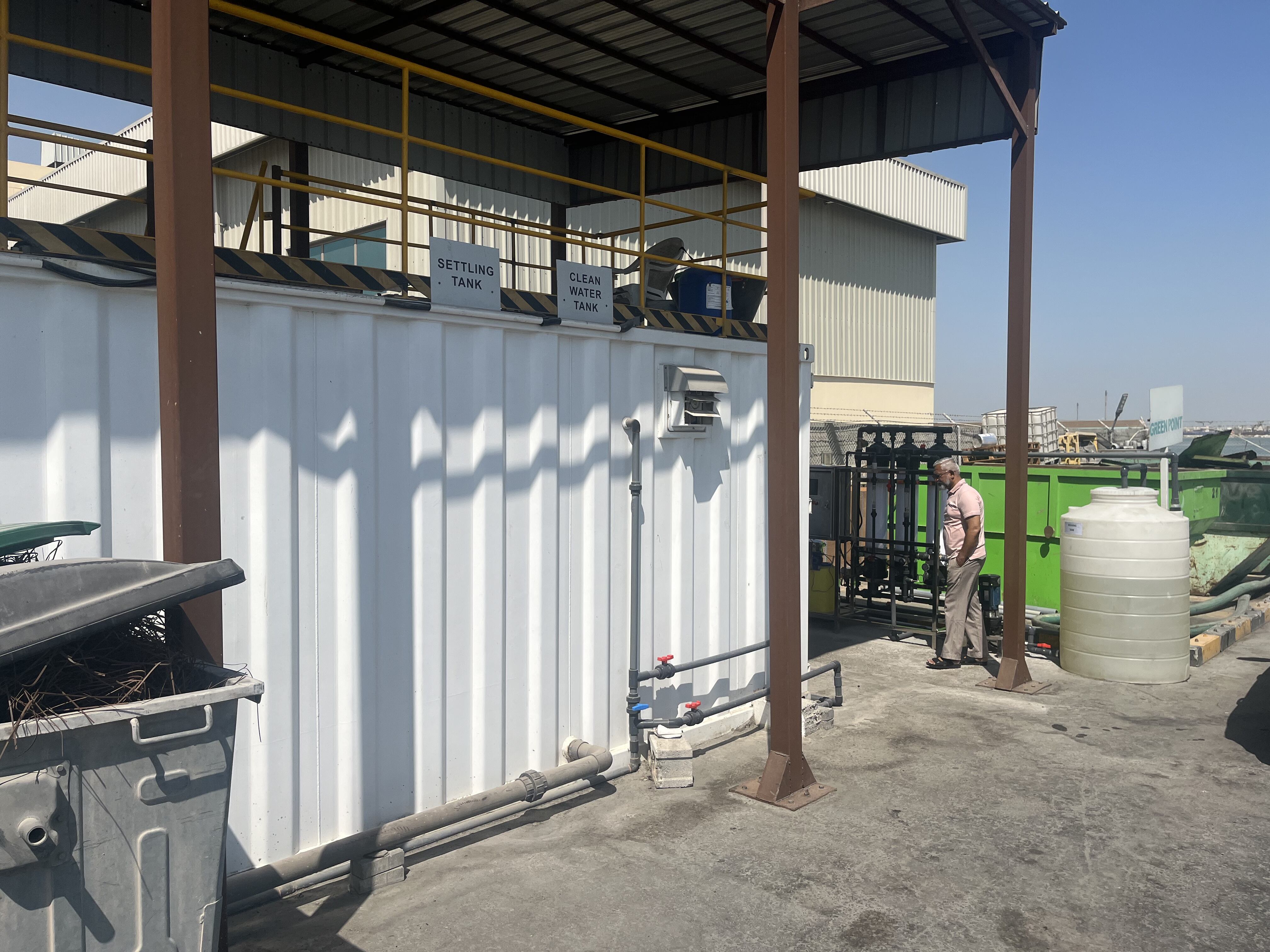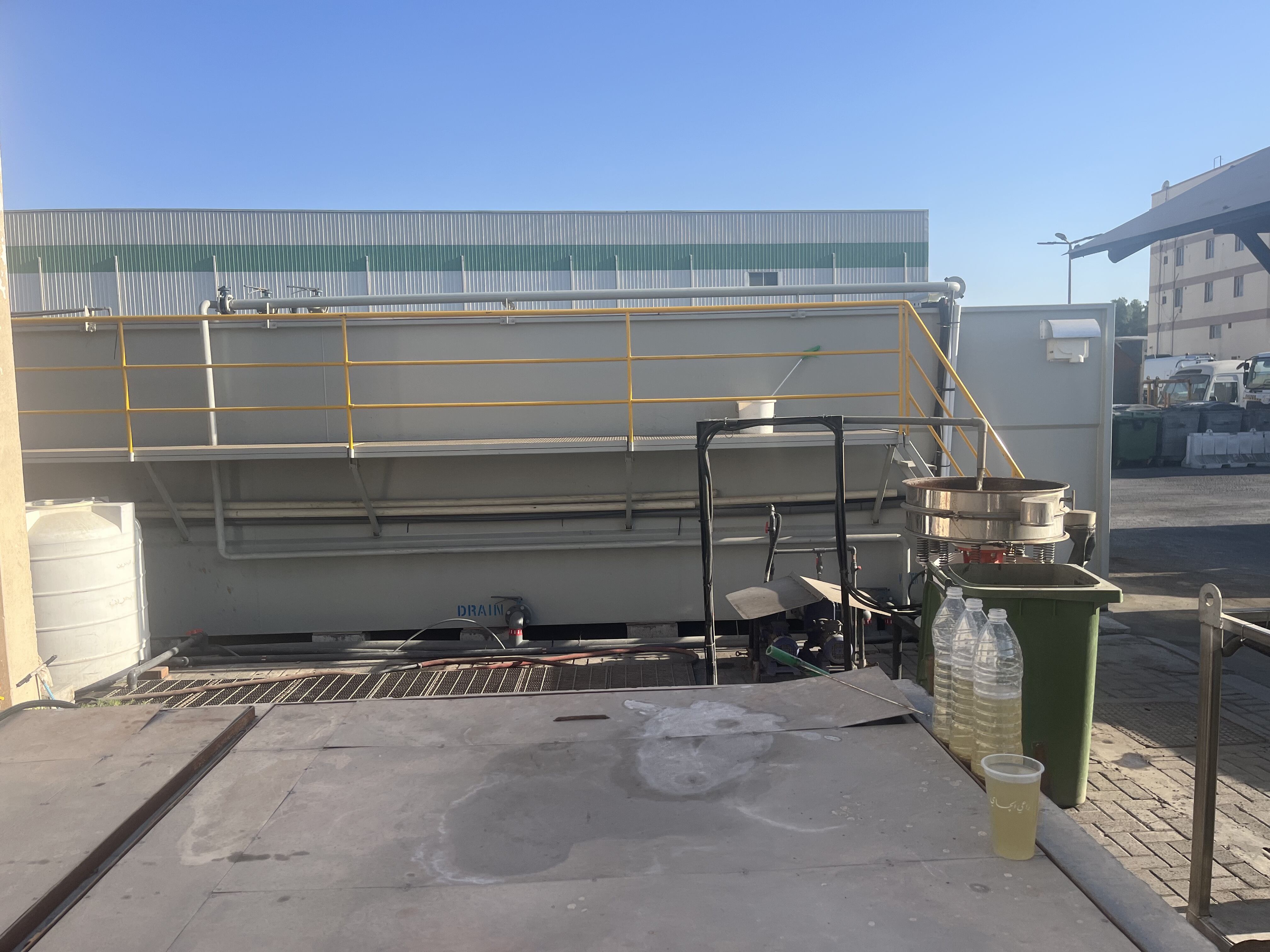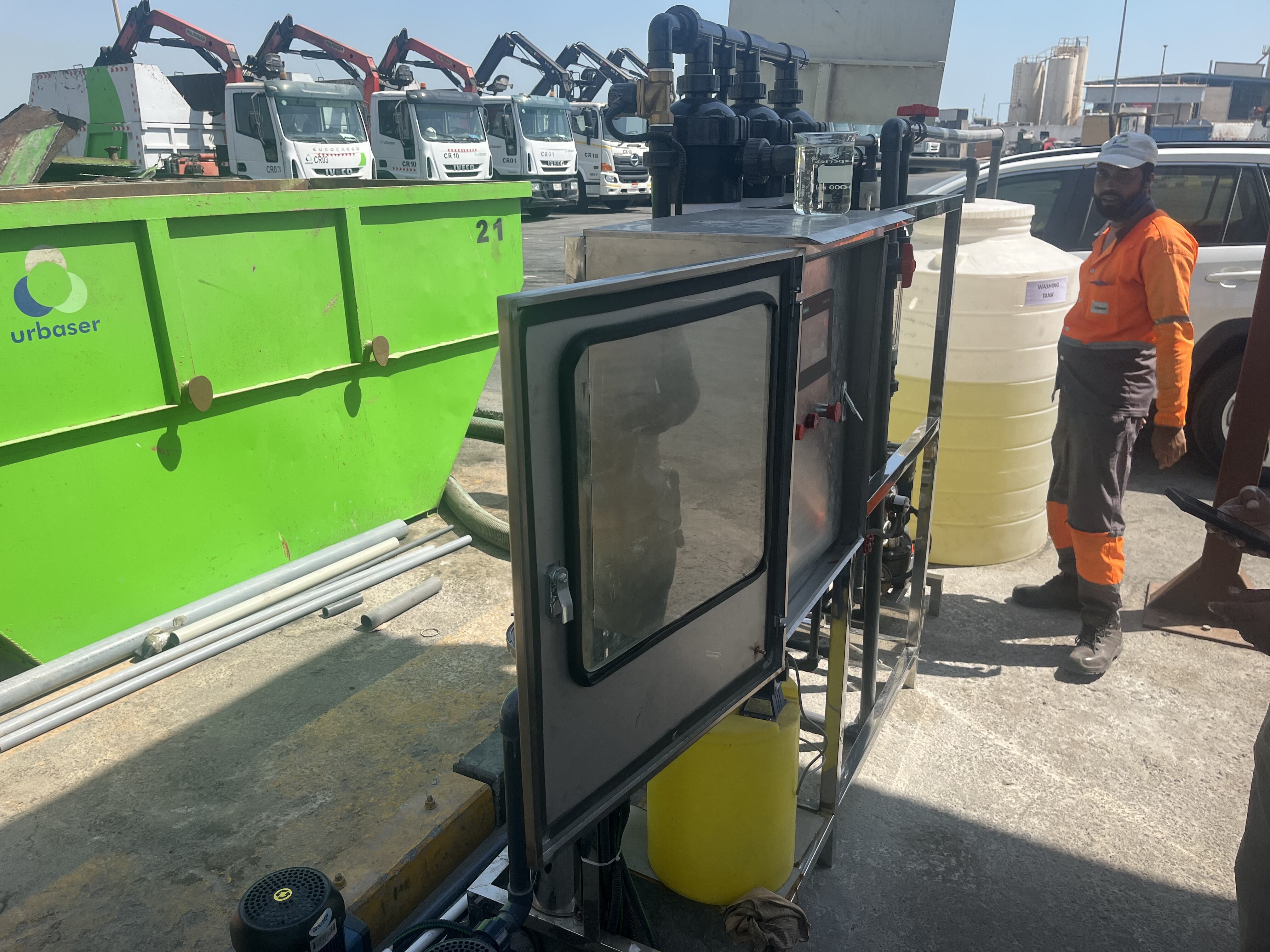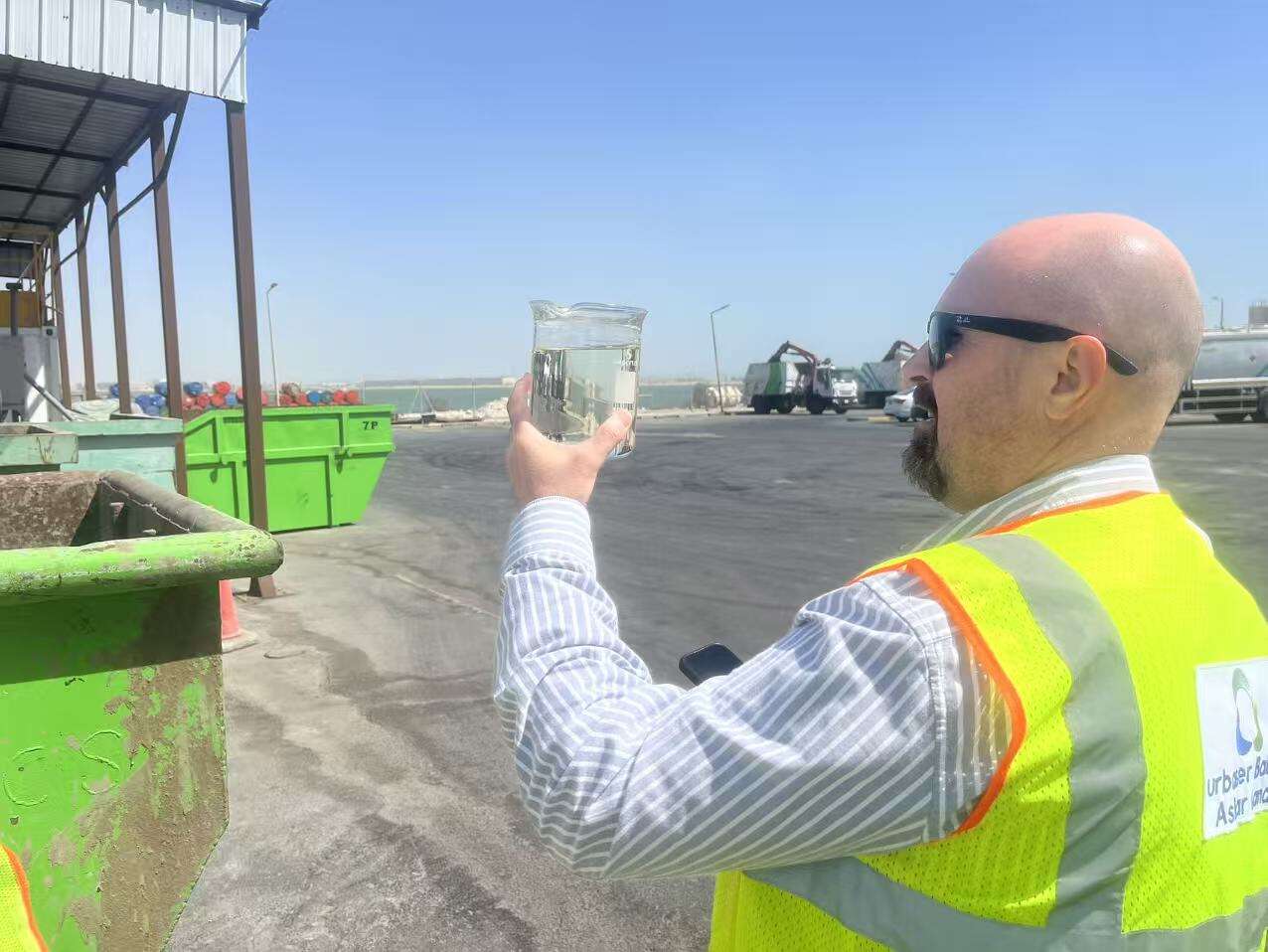



### Characteristics of the water quality of landfill leachate wastewater (brief version)
1. Complex composition: It contains various organic compounds, heavy metals, and a large number of microorganisms.
2. High pollutant concentration: It has high contents of COD, BOD, etc., with significant variations.
3. High ammonia - nitrogen content: The ammonia - nitrogen content increases with the landfill time and can inhibit biological treatment.
4. Great water quality variation: It is significantly affected by factors such as the composition of waste, landfill time, and climate.
Technology flow chart : Equalization tan ---Electric flocculation air flotation ---Flocculation tank---DAF tank---Anoxic tank---MBBR aerobic tank1+2---Settling tank---Middle water tank---Sand+ carbon filter---Clean water tank---UV disinfection---discharge or reuse
1. Equalization tank:
- Regulate the volume and quality of wastewater to ensure stable operation of subsequent treatment units.
2. Electric flocculation air flotation:
- Generate flocculants through electrochemical reactions. Remove some suspended solids, colloids, and oils by air flotation.
3. Flocculation tank:
- Add flocculants to agglomerate fine particles into large flocs.
4. DAF tank (Dissolved Air Flotation tank):
- Release dissolved air water to produce tiny bubbles, which attach to flocs and float them up for separation and removal of pollutants.
5. Anoxic tank:
- Conduct denitrification reactions to remove some nitrate nitrogen.
6. MBBR aerobic tank1 + 2 (Moving Bed Biofilm Reactor aerobic tanks 1 and 2):
- Use microorganisms to decompose organic matter and further remove ammonia nitrogen.
7. Settling tank:
- Separate sludge from water, allowing sludge to settle and obtaining clear effluent.
8. Middle water tank:
- Store intermediate - treated water, regulate water volume, and provide stable influent for subsequent treatment.
9. Sand + carbon filter:
- The sand filter removes fine suspended solids, and the carbon filter adsorbs organic matter, residual chlorine, etc.
10. Clean water tank:
- Store the treated water that meets the standards.
11. UV disinfection:
- Kill bacteria, viruses, and other pathogenic microorganisms in the water.
12. Discharge or reuse:
- The up - to - standard water can be discharged into the environment or reused in appropriate production processes.


Copyright © Qingdao Yimei Environment Project Co., Ltd. All Rights Reserved Privacy policy